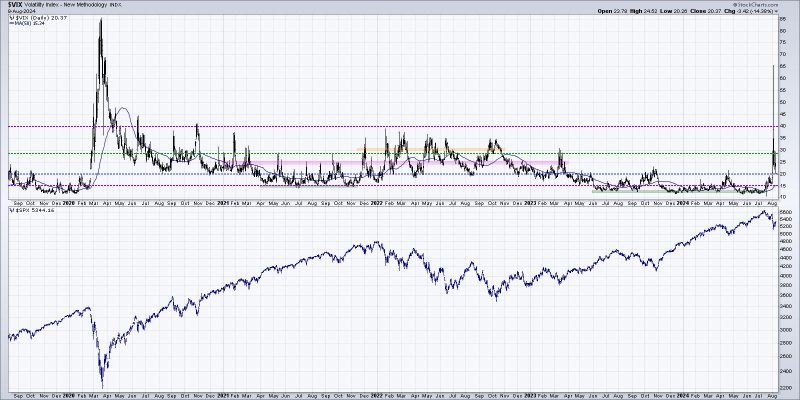Market Sentiment Indicators to Guide Your Investment Decisions
Investing in financial markets can be a challenging endeavor, as prices can be influenced by a multitude of factors. While fundamental analysis and technical analysis are commonly used to make investment decisions, market sentiment indicators also play a crucial role in providing insights into the behavior of market participants.
Market sentiment refers to the overall attitude or feeling of investors and traders towards a particular asset, market, or the economy as a whole. Understanding market sentiment can help investors gauge the direction of market movements and make informed decisions.
There are various market sentiment indicators that investors use to assess market sentiment. These indicators provide valuable information about how investors are feeling and behaving in the market. Here are three market sentiment indicators that can help confirm a bearish phase in the market:
1. Investor Sentiment Surveys:
Investor sentiment surveys are a common tool used by market participants to gauge the mood and expectations of investors. These surveys often ask participants about their current views on the market, their future expectations, and their investment decisions. When a large number of investors express pessimism or bearish views in these surveys, it can be a sign that the market sentiment is turning negative.
2. Put/Call Ratio:
The put/call ratio is a popular indicator used to measure market sentiment in options trading. It compares the number of put options (which bet on a decline in the market) to call options (which bet on a rise in the market). A high put/call ratio indicates that investors are increasingly bearish and are buying more put options as a hedge against potential market declines.
3. Volatility Index (VIX):
The Volatility Index, also known as the VIX or fear index, measures the expected volatility in the market over the next 30 days. When the VIX is high, it indicates that investors are expecting a higher level of uncertainty and potential market turbulence. A rising VIX can be a signal of increased fear and bearish sentiment among investors.
By monitoring these market sentiment indicators, investors can gain valuable insights into the prevailing mood of market participants. While market sentiment indicators are not foolproof and should be used in conjunction with other forms of analysis, they can provide useful guidance in making informed investment decisions.
In conclusion, market sentiment indicators play a vital role in helping investors navigate the complexities of financial markets. By paying attention to investor sentiment surveys, put/call ratios, and the Volatility Index, investors can better understand the prevailing market sentiment and make well-informed decisions to navigate bearish phases in the market.

